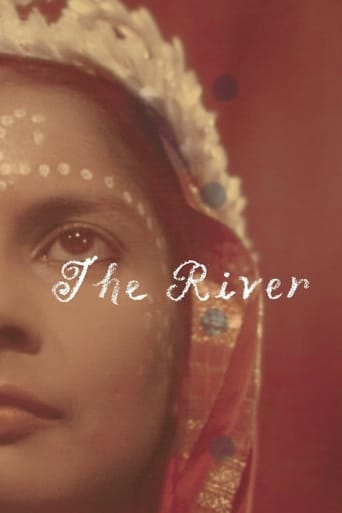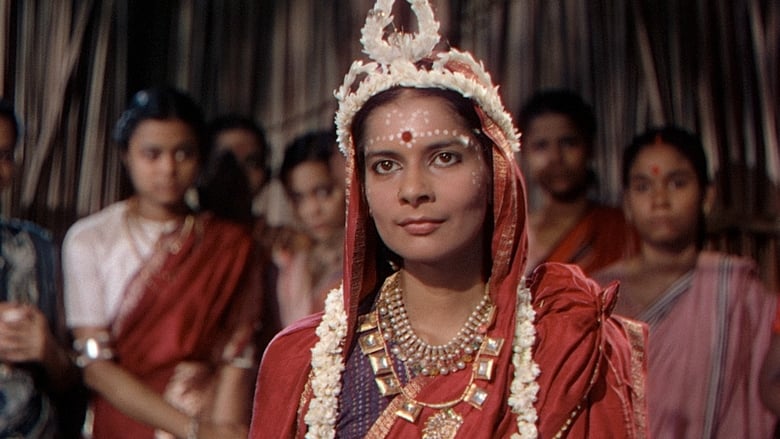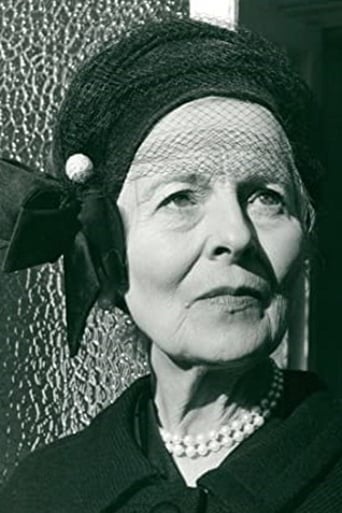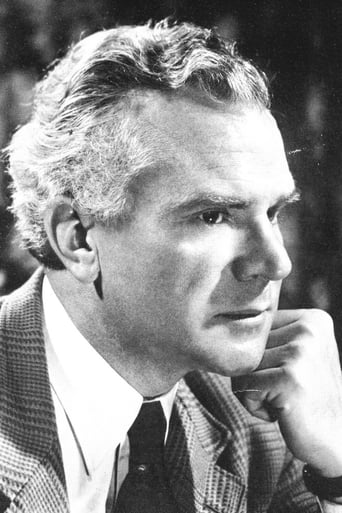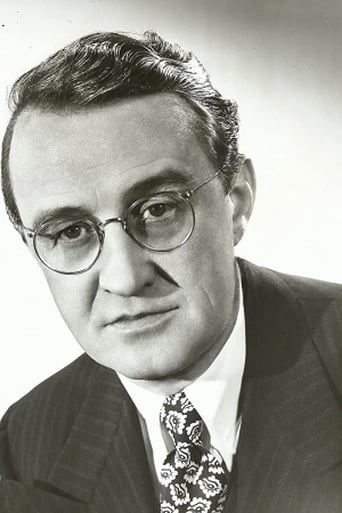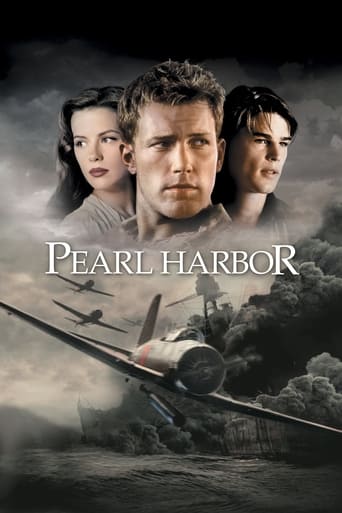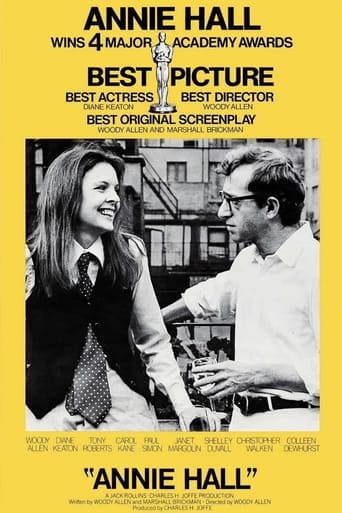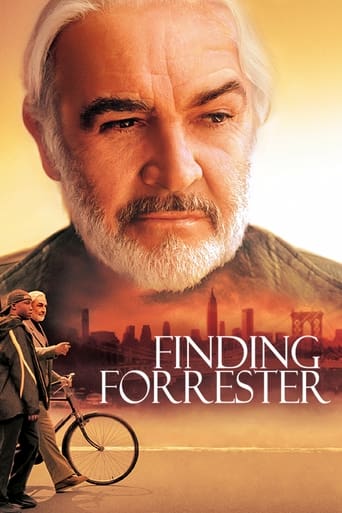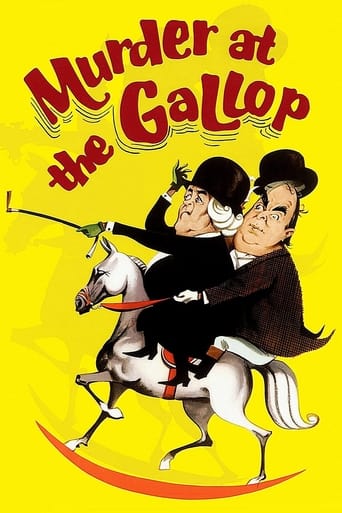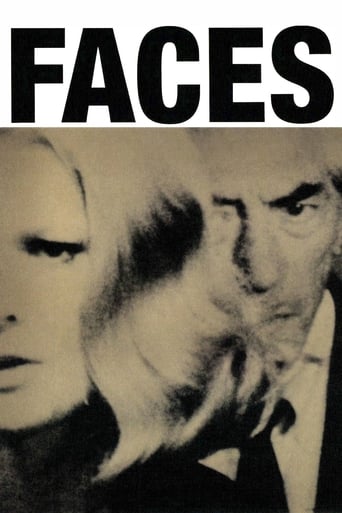The River (1951)
Director Jean Renoir’s entrancing first color feature—shot entirely on location in India—is a visual tour de force. Based on the novel by Rumer Godden, the film eloquently contrasts the growing pains of three young women with the immutability of the Bengal river around which their daily lives unfold. Enriched by Renoir’s subtle understanding and appreciation for India and its people, The River gracefully explores the fragile connections between transitory emotions and everlasting creation.
Watch Trailer
Cast


Similar titles
Reviews
Touches You
If you don't like this, we can't be friends.
Good movie but grossly overrated
Good films always raise compelling questions, whether the format is fiction or documentary fact.
I saw a promo for this film on TCM, was intrigued, looked it up here, saw tons of glowing 9 and 10-star reviews and set the DVR, expecting that I'd soon be watching a masterpiece.Well, the location is exotic, the technicolor is gorgeous, some of the cinematography is very nice (although a bit static), and the depiction of Indian holidays and customs is interesting but this is really just a very simple coming-of-age story. All the usual teen-angsty stuff is here; the infatuation of the 3 girls with the mysterious stranger, Harriet's feeling like an ugly-duckling next to her more attractive friends, Melanie's struggle with her mixed ethnicity, Valerie's desire to test the power of her sexuality and her apprehensiveness of the consequences. I don't think it's particularly deep, despite all the river-as-life stuff and I suspect that it might not be as highly-regarded as it is if it had been directed by someone other than Jean Renoir. That said, I do like the film, I just don't think it's a "masterpiece".There seems to be some confusion as to the setting of the film. I'm no expert on India but I don't think it's set during or after Independence as some have suggested. The movie is based on Rumer Godden's memoirs and she was born in 1907, stayed in India during WWI, was sent to school in England in 1920 and didn't return until she was 18. The film is somewhat timeless, due to the absence of popular music or trendy fashions that would tie it to a particular decade, but there are some clues. Melanie returns from boarding school in a horse-drawn carriage, Harriet's family plays records on a wind-up gramophone, etc.As to the comments that the film is somehow "offensive" or lacking for not depicting the poverty of the natives or the politics of the time... Please! It's the story of a few months in the lives of three teenage girls, not a documentary or a portrait of India. Is "Grease" offensive because it takes place in the U.S. during the 1950s and it doesn't address the civil rights movement?Reviews and message board comments suggest that this is a film that most people either love or hate. Obviously, it will not appeal to those who only go to blockbuster films full of superheroes and/or explosions or who have limited attention spans. I've read lots of negativity here about the performances and even appearances of some of the actors. The only performance that's problematic for me is that of Radha, who plays Melanie. I get that the character is more enigmatic than the other girls and doesn't wear her angst on her sleeve but her monotone delivery and habit of staring straight ahead come across as expressionless. I think Patricia Walters gives a great performance for someone who never acted before. As far as looks go, early on Harriet describes herself as "an ugly-duckling, determined to be a swan." She's not supposed to be ravishing, it wouldn't work if she were. Captain John is no model but he's not hideous either. Narrator-Harriet explains that visitors from abroad were usually old and married so the arrival of any young, single man would've been exciting. He had the added cachet of being a war hero and an American. Call me crazy but Harriet seems to undergo a sort of metamorphosis during the scene on the boat with Captain John. I don't know if it's the lighting and camera angles or the fact that she's smiling more than usual and looking happy and content but from the moment she tells him that Victoria had said something similar to his comment about being born until they leave the boat she suddenly looks quite pretty. It seems symbolic, as if his saying that she wasn't the type of person to lay down and die, that she could begin again, and that one of her poems might still be alive 2,070+ years in the future gave her a new confidence that was manifested in her appearance. Not quite a masterpiece but enjoyable.
Three adolescent girls growing up in Bengal, India, learn their lessons in life after falling for an older American soldier.While I am not at all familiar with the cinema of India, my impression is that it probably did not get started until the 1960s. Maybe this is wrong. But Jean Renoir's "River" may be the first significant film to come out of India following the country's independence in 1948.The "coming of age" aspect of the three girls is very interesting and a good narrative, but more important is the way Indian culture and religion is shown. When did the West become interested in India? Long ago, surely. But there seems to be a Renaissance mid-1900s with such writers as Christopher Isherwood. This film, no doubt, helped push that Renaissance.
Having read many of Rumer Godden's books,I hope to G-d she looks nothing like Harriet. There is Nothing,and I mean NOTHING in all the scenery of India that could take my mind off the face of that girl. I kept thinking, braces? nose reduction? paper bag?) No- since she was indeed the center of the movie,and that in itself was the main mistake, they casting should have been ,shall we say, less unfortunate. And to the reviewer who thinks a movie set in Bengal needed less local color,I say, "&*(*&&%!.) Who cares that three girls had a crush on a fairly uninspiring,homely,one-legged man? I didn't. I watched for "the local color." I have lived in Bengal and dipped my toes in the Ganges stared down a Brahmin cow,stroked a donkey painted pink for some unknown reason had a banana thrown at me by a Hanuman monkey and stood beside a dancing bear. Yes India is colorful and dangerous and not the least bit romantic. That nonsense should have died in all of your heads a long time ago when you discovered the reality of famine, corruption, bribes, and inequality that is India.I liked the music but found it strange that Melanie had such a thick non-Bengali accent and when her father tried to praise her painting (which isn't in her blood-so where did she learn it?) he said "bahaut achi" which is Hindi for or very nice.They are in Bengal. He would have said "Khub Bhallo" - which means very good in Bengali.To me this is one of those ,The Emperor Is Naked Folks movies.
I'm honestly not sure if I watched the same film as most of the other people here. It seems just because this is a Renoir film it has to be a masterpiece. I had what i thought was going to be a pleasure of seeing this on Sunday at a great little cinema I know. The few Renoir films I'd seen in the past were good and this was supposed to be another classic. I couldn't of been more wrong. This was dull from the very start. Unimaganitive script, hammy bad acting and even though it was filmed in a country as beautiful as Indian the direction was flat and very much uninspiring. There didn't seem any point this. The characters were never really explored, you only had the most basic of knowledge about who they were and what drove them. I came out of this utterly disappointed. I know I'll probably be blasted on here for being an uneducated heathen who could never understand the subtleties of a master like Jean Renoir but I just really didn't think this was a very good film.

